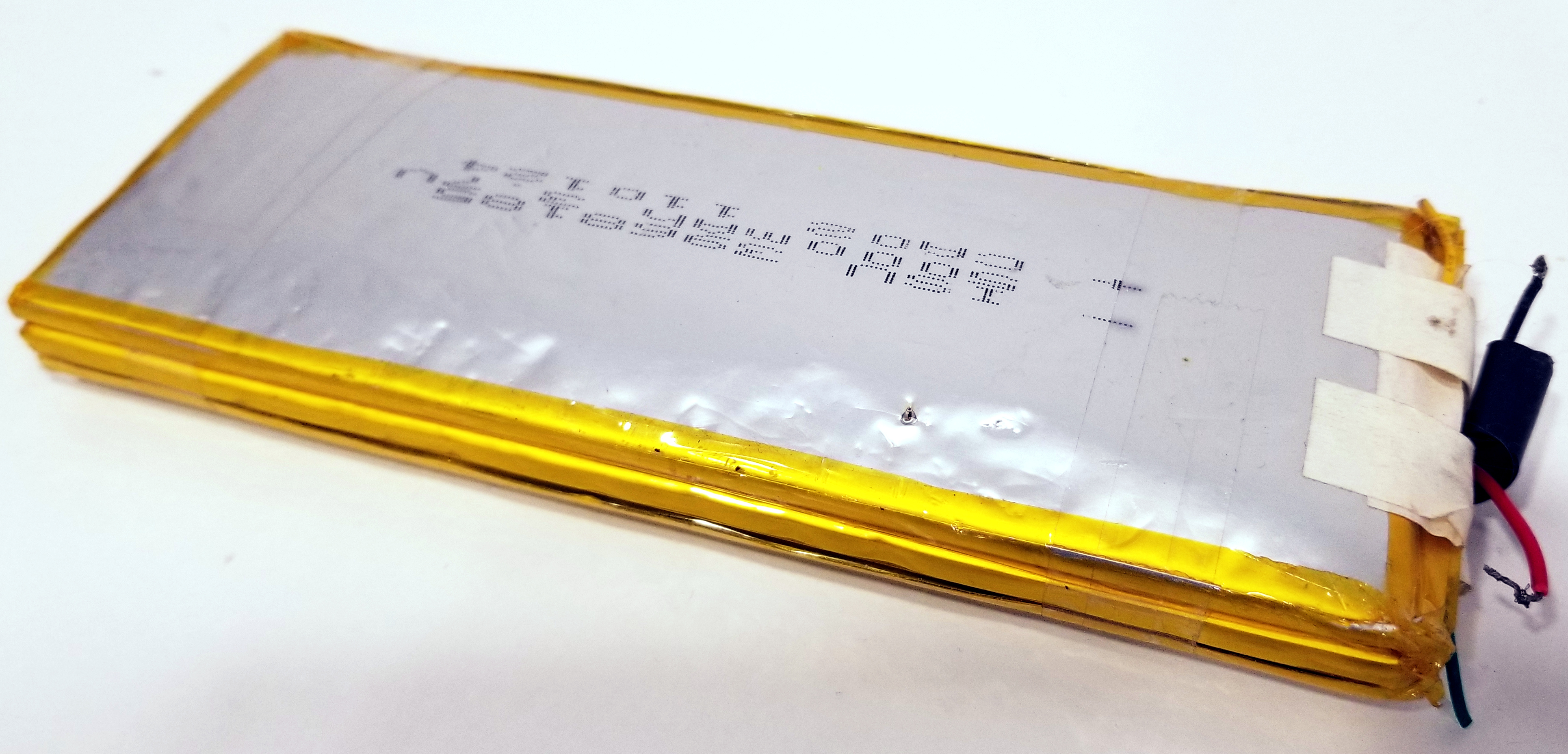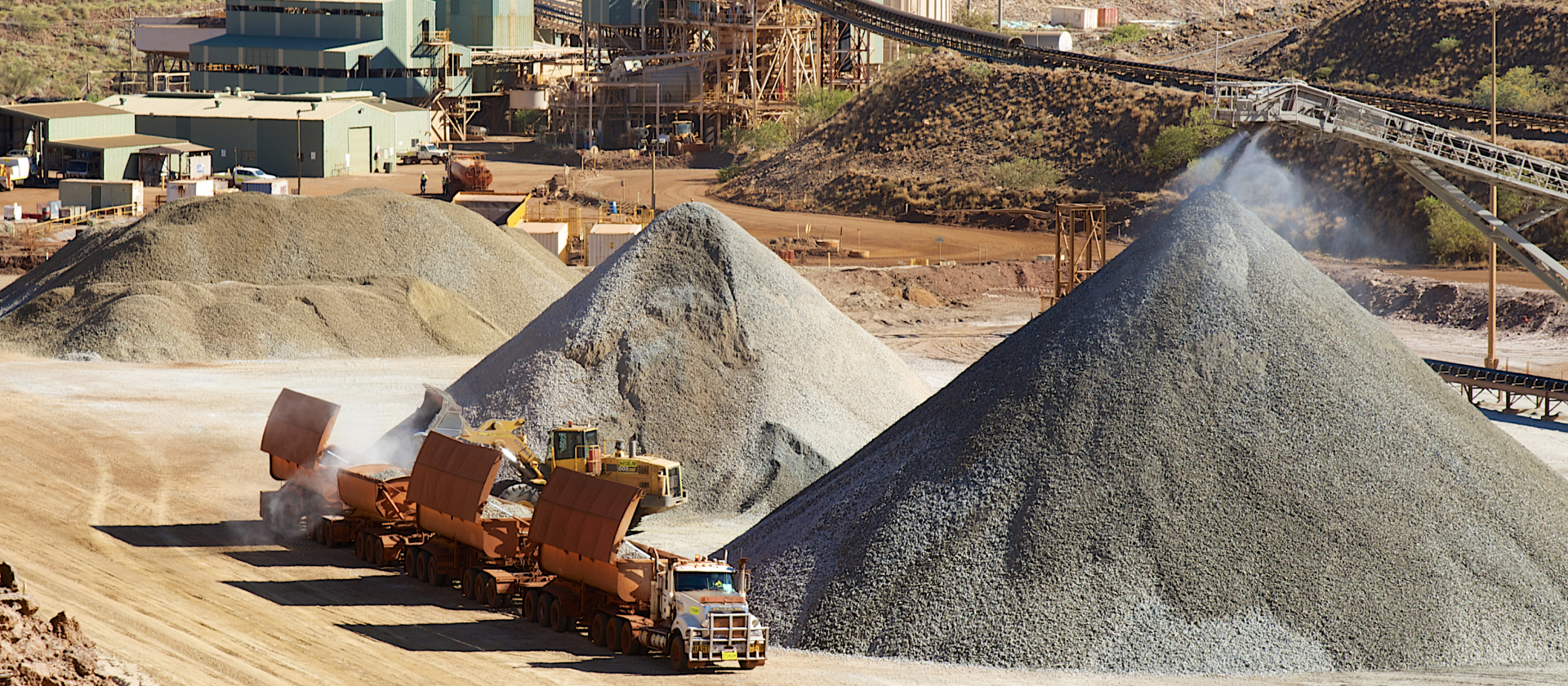
This is what the lithium-containing ore looks like.
Lithium is one of the critical elements for our entire civilization. Of course, when we talk about lithium, Li-ion batteries come to mind. Indeed, the lion's share of the lithium mined goes to the needs of battery manufacturers. However, it is used in other areas as well.
For example, in metallurgy, both ferrous and non-ferrous, metal is used to deoxidize and increase the ductility and strength of alloys. It is also used to produce glass that partially transmits ultraviolet light; it is used in ceramics. And this is, if not talking about nuclear power and nuclear technology - it is used to obtain tritium. In short, lithium is literally snapped up. Under the cut - let's talk about batteries, Tesla, methods of lithium production and its shortage.
But the main thing, of course, is the batteries
Yes, now most of the lithium mined in the world goes to the production of lithium batteries. It is estimated that the production of one battery for the Tesla Model S requires 63 kg of this metal with 99.5% purity.
Now let's think about what will happen if all, absolutely all cars suddenly become electric, with lithium batteries. According to data for 2016, there were 1.3 billion cars in the world. Now, probably even more, but okay, let's use this data four years ago.

Although not all newly-minted electric cars have the same capacious battery as Tesla, we will reduce the weight of lithium required for production by a third. It turns out that one such battery requires 44.1 kg of the purest lithium. Our 1.3 billion cars need 57.33 billion kg of lithium. Not bad, it is 57.33 million tons of lithium, and only for the needs of the automotive industry.
By 2023, mass production of electric vehicles will start at the enterprises of Mercedes, BMW, Toyota, Ford, Audi, Porsche, Volvo, Huyndai, Honda. According to experts, these companies will produce about 15 million electric cars annually, which will require about 100,000 tons of lithium per year.

But not by electric vehicles alone. We have in use billions of copies of various equipment with batteries - smartphones, laptops, tablets, etc. They are small, yes, but they also need a lot of lithium. However, much less than for electric vehicle batteries - the production of batteries for mobile devices takes a few percent of the world's lithium production. In 2017, Apple used only 0.58% of the world's total production of this metal.
But there are other batteries as well. The same Tesla develops and implements huge battery systems that serve to level the surges in energy consumption during peak hours. A large battery contains at least a ton of lithium. So far, the production of such systems is not too large-scale, but over time, everything can change.

In general, the global consumption of lithium by 2025 will be at least 200,000 tons of this metal.
How is it obtained and stored?
Lithium is a very chemically active metal, so it is mined in a slightly different way from most other common metals. There are two ways to isolate Li.

The first is of pegmatite minerals, which consist of quartz, feldspar, mica, and other crystals. Previously, it was the main source of lithium in the world. In Australia, for example, it is mined from spodumene, lithium ore, a mineral that belongs to pyroxene.
The second one is from clays of salt marshes. There are such in South America and the same Nevada, which was mentioned above. Lithium-saturated brines can be “enriched” with a solar-powered evaporator. Then, after reaching the desired concentration of lithium hydroxide, it is precipitated by adding sodium carbonate and calcium hydroxide. This process is not very expensive, but it takes a long time - from 18 to 24 months. This is the way Musk plans to use it.

The second method has problems: when lithium is obtained in this way, lithium receives impurities - iron or magnesium (magnesium is the most difficult to get rid of). Nevertheless, there is a lot of lithium on saline lands, and this makes the second method very attractive - you can still get rid of impurities.
By the way, salt marshes are just not included in the lists of explored deposits, since the extraction of lithium by evaporation of saline solutions is a new method that has not been used before. So it may well be that there is much more lithium on Earth than is believed.

There is a lot of lithium in the saline desert of Salar de Uyuni in southwestern Bolivia. Under the hard crust is a liquid brine with a lithium concentration of 0.3%.

There are other methods, but they are all purely laboratory ones. For example, a couple of years ago, Habré published the news that lithium can be extracted from brines using metal-organic framework membranes.

They copy the filtration mechanism - ionic selectivity - of biological cell membranes in living organisms. In addition to lithium, this method also produces fresh water, which is also a valuable product. But, unfortunately, neither the cost nor the scalability of this method has been highlighted by scientists. And after two years, nothing has been heard about the commercialization of the method.
You can also extract lithium ... from lithium batteries. That is, to recycle batteries, getting again metallic lithium and other materials necessary for creating batteries. But so far, the processing of batteries is carried out in small quantities. This is a rather complicated and expensive process, so we are unlikely to hear about the construction of large battery processing plants in the near future. Yes, scientists are working on it , but all this is just research.
How much lithium is there on earth?
Yes, not so much. Rather, there is relatively little that has been explored. In 2019, the global proven reserves of this metal were estimated at 17 million tons. In Russia - about 900,000 tons. If we take potentially "fertile" deposits, then we get about 62 million tons. Perhaps geologists will explore new deposits, but in any case, there is little lithium on Earth.
Two years ago, about 36,000 tons were mined. At the same time, 40% of the metal goes to batteries, 26% to the production of ceramics and glass, 13% to the production of lubricants, 7% to metallurgy, 4% to air conditioning systems, 3% to medicine and polymers.

The main supplies of lithium are from Australia (18.3 thousand tons per year), then Chile (14.1 thousand tons per year) and Argentina (5.5 thousand tons per year). In the near future, lithium suppliers plan to increase their production and supply to the world market.
By the way, Tesla, one of the largest consumers of lithium, received the right to independently mine the metal in Nevada, USA. Elon Musk said his company gained access to approximately 10,000 acres of lithium-rich clay deposits in Nevada.
Lithium for everyone, and let no one leave offended?
We are talking about the near future, when it will be necessary to produce much more lithium batteries than now. As far as scientists can tell, this metal will be enough for everyone for the next few years.
Over time, companies will find ways to reduce the amount of lithium in batteries - research is already underway on this topic. Most likely, the extraction of lithium from brines will also increase its turnover, so that the total volume of metal will increase, and quite significantly.
But what will happen in 10-20-30 years? Hard to tell. Perhaps, a new battery technology proposed by scientists or corporations will "shoot". Or maybe specialists can change the design of the current batteries, significantly reducing the amount of lithium needed to produce one battery.
In general, so far there are ways to solve the problem of lithium deficiency, and there are many of them. Let's remember this issue in 5 years and discuss the changes here, on Habré. Hopefully, by then the "lithium wars" will not start, because this metal is already called "new oil".
